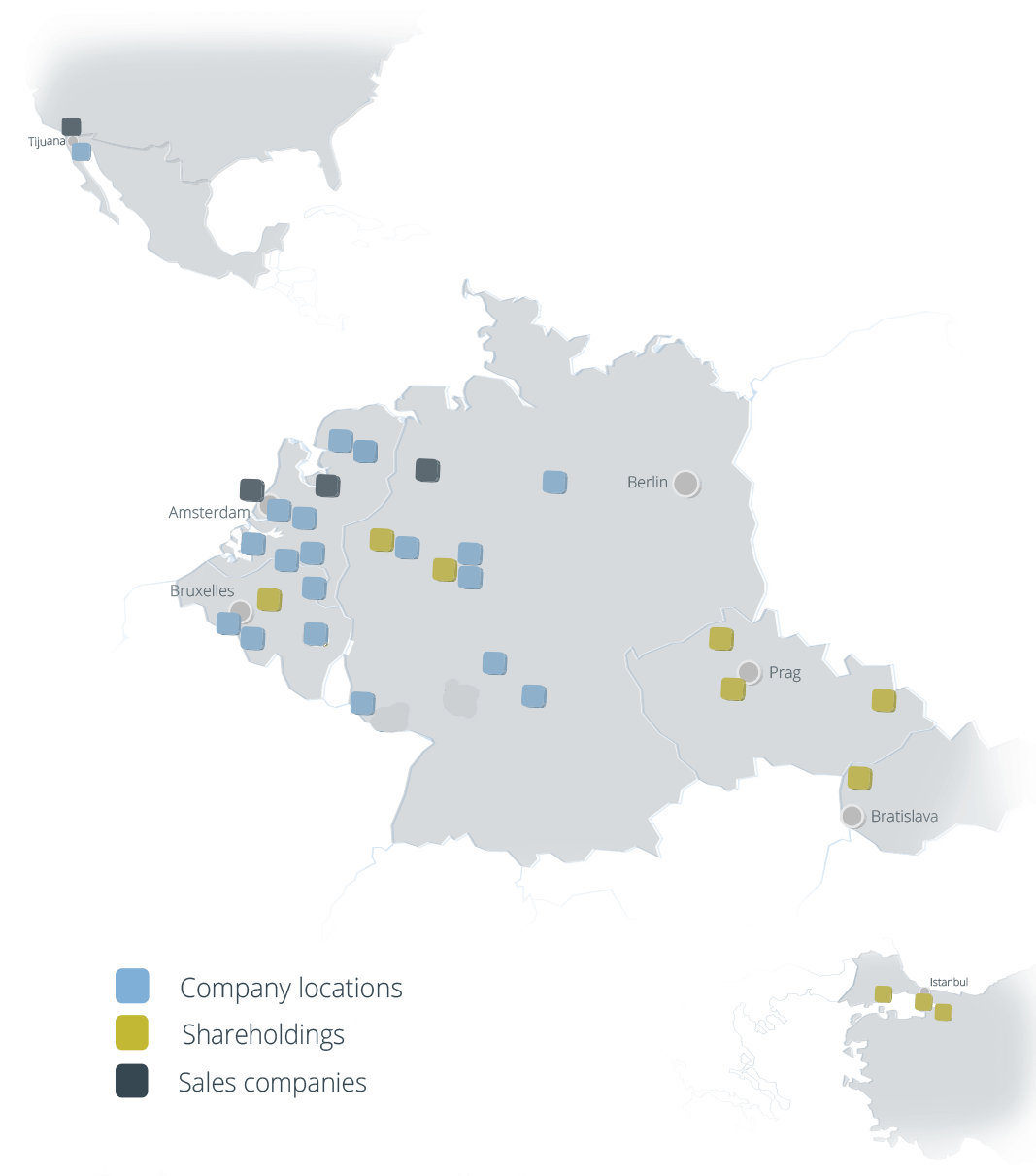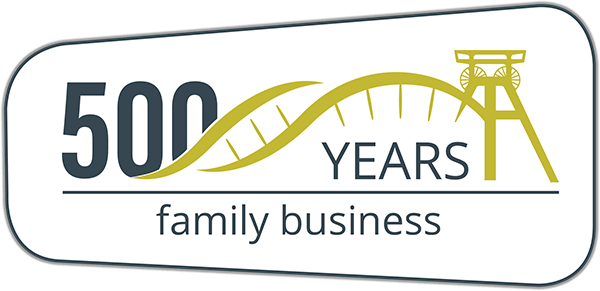Concrete coat – corrosion prevention

Are you an existing customer or do you want to contact us in a different matter? We look forward to hearing from you and will get back to you as soon as possible.
Alternatively, you may want to contact directly one of our locations or our holding company.

Locations
The Coatinc-Network
Slovakia
Netherlands
- Alblasserdam / NL
alblasserdam@coatinc.com - Amsterdam / NL
amsterdam@coatinc.com - Barneveld / NL
nederland@coatinc.com - De Meern / NL
demeern@coatinc.com - Groningen / NL
groningen@coatinc.com - Groningen – Pulverbeschichtung / NL
cgr.verkoop@coatinc.com - Mook / NL
mook@coatinc.com - Mook – PreGa / NL
prega.nl@coatinc.com - Roermond / NL
roermond@coatinc.com - Scherpenzeel / NL
anox@coatinc.com
For enquiries regarding marketing or press matters, please use the following contacts:
Marketing & Press
The Coatinc Company Holding GmbH
Hüttenstraße 45
57223 Kreuztal
Your contact person:
Anna-Maria Ademaj
marketing@coatinc.com
Holding
Headquarter
The Coatinc Company Holding GmbH
Carolinenglückstraße 6-10
44793 Bochum, Germany
Phone: +49 234 52905-0
Fax: +49 234 52905-15
Encyclopedia
Concrete coat – corrosion prevention
Concrete coat – corrosion prevention
Which conditions directly cause wear and tear on reinforced concrete constructions?
An intact concrete cover ensures that a highly alkaline pore solution can remain at the centre of a cement matrix. At a pH value of 12.5 in the centre of the matrix a spontaneous passivation occurs due to the formation of an oxidic protection layer out of iron oxide.
The penetration of chloride through to the concrete surface means that the passive protection becomes ineffective. A so-called acidification occurs. The alkaline parts of the cement stone are attacked by CO2 + Ca(OH)2 = CaCO3 limestone. The pH value is reduced to under 10 in the presence of H2O and O2. This causes the protective oxide coat around the reinforced steel to dissolve with the effect that rust can form. The speed of which is directly related to the level of moisture. A maximum carbonation speed occurs at 50 – 60 % concrete moisture. This chloride-induced corrosion of reinforcement, which is caused by the use of de-icing salt, is the main cause of damage. Without any protection measures this process cannot be stopped and is irreversible. A loss of cross-sectional area is inevitable whereby safety and durability can no longer be guaranteed.
Possibilities of repairing direct abrasion …
Good bond behaviour, an adhesive bond and shearing bond according to DIN 488, can be achieved by using galvanised reinforcement. An additional advantage is protection from the above-mentioned chloride pollution. Chlorides are absorbed by the galvanisation as zinc chlorides with low solubility and are made harmless. In this way much better corrosion protection can be achieved with a carbonised (acidified) base. In the case of cracks in the concrete which cause the reinforcement to be exposed, the corrosion attack concentrates on the zinc, whereby the reinforcement remains intact.



